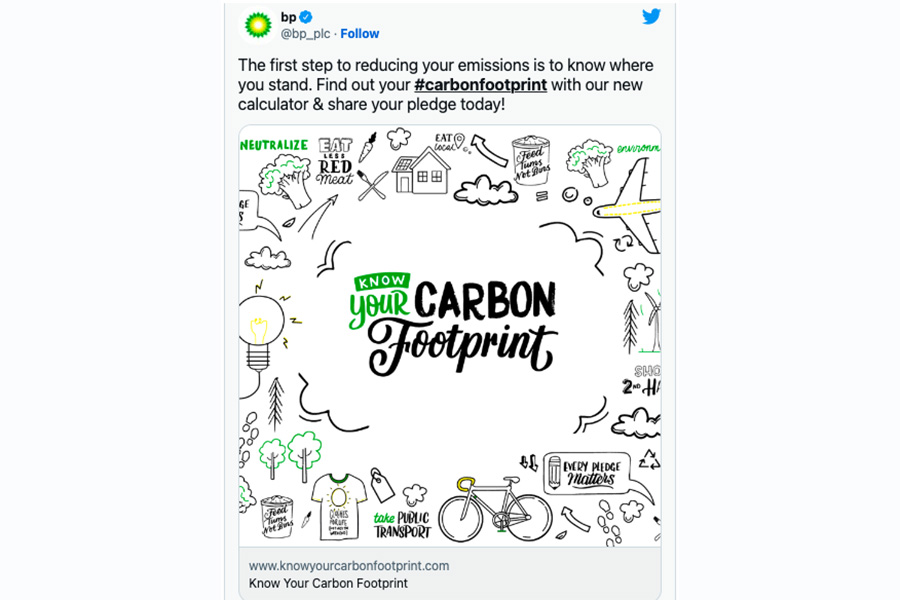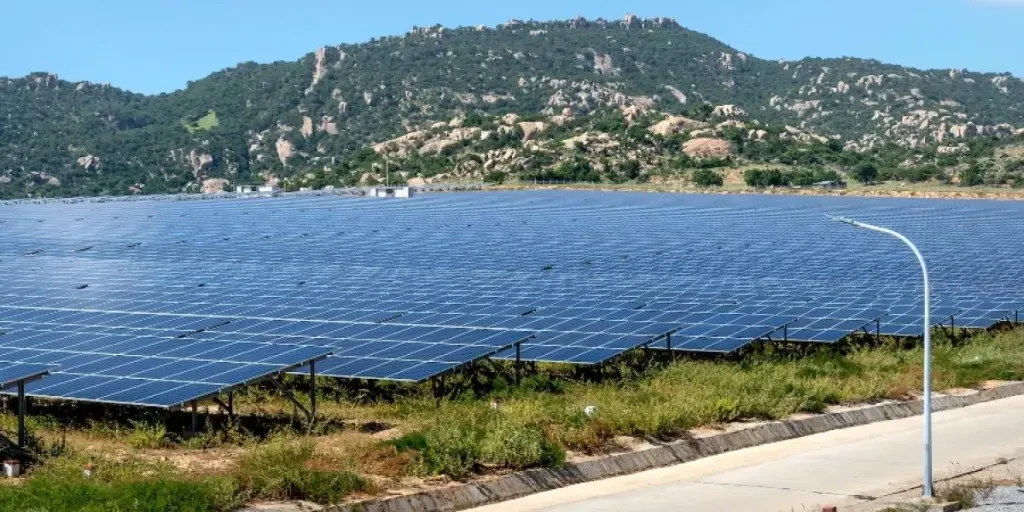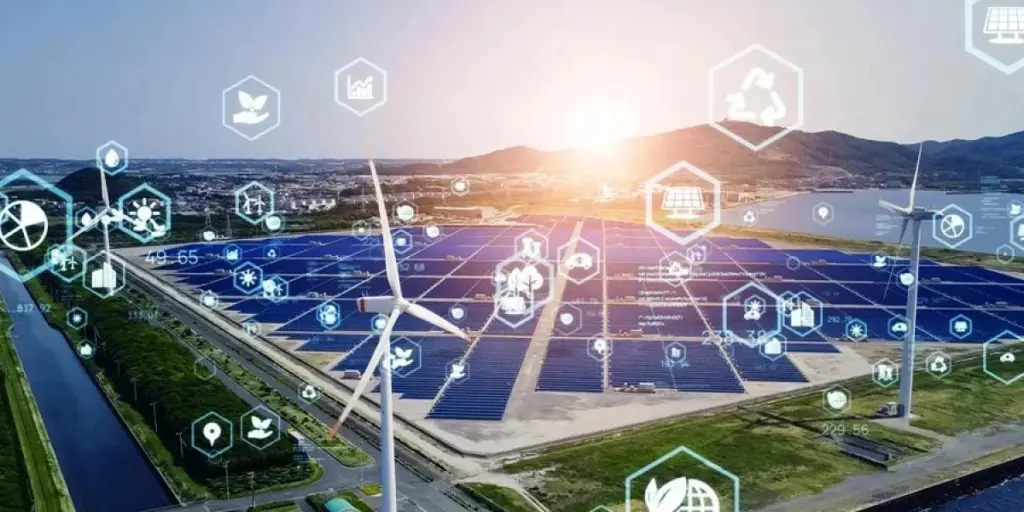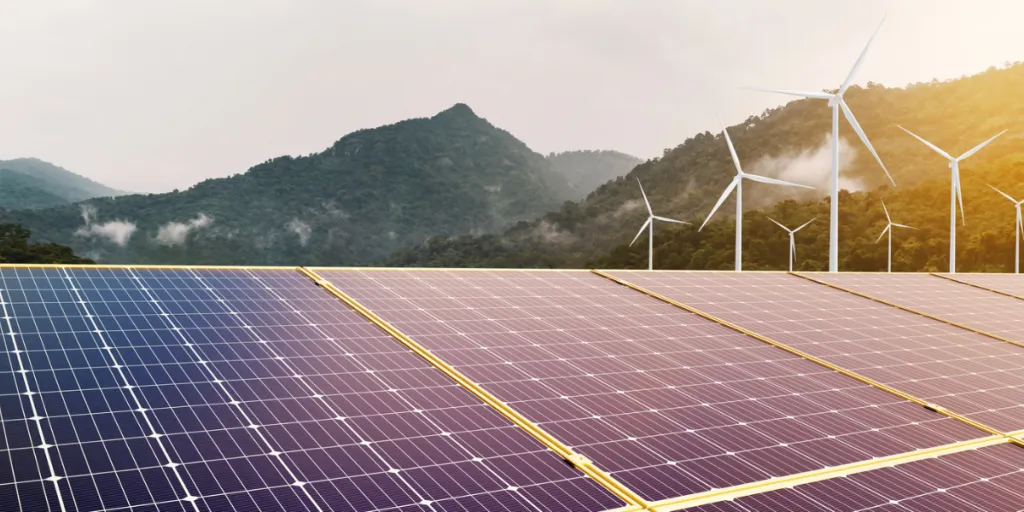There has been lots of talk about how to tackle climate change, and in particular how to convince companies that obtain massive profits from carbon-emitting actions to stop doing those things. Carbon disclosure is a way to talk to businesses about climate change in a language they understand — money.
Carbon disclosure allows businesses to identify how they can minimize their costs by reducing their use of fossil fuels or switching to renewables. Likewise, it helps publicly-owned companies see how shareholder returns can be maximized with increased profits and better placement in the future low-carbon market.
Through these positives from a business perspective, carbon disclosure no longer seems a threat and is instead turned into an opportunity to become better, make more money now and in the future, and (hopefully!) save the planet in the process. So, how does it work?
Table of Contents
What is a carbon disclosure rating?
What does carbon disclosure mean for business?
Why is carbon disclosure important?
Should carbon disclosure be mandated?
Does carbon disclosure work?
What is a carbon disclosure rating?
Carbon disclosure refers to the released data and information on a business’ climate-related metrics, targets, and projects. The aim of carbon disclosure is to improve transparency for investors, stakeholders, and financial institutions so as to encourage better, more responsible climate-related decisions on part of the business. In addition, it aims to incentivize businesses to take these actions by illuminating the financial incentives.
The carbon disclosure project (CDP) was the first to introduce this concept, and thanks to its efforts, multinational corporations around the world have made strides in cutting their direct emissions (fossil fuel burning) and indirect emissions (electricity purchases).
What does carbon disclosure mean for business?
Global warming and its consequences, such as forest fires, flooding, and extreme weather patterns (all of which have been increasing in recent years) impact business profits. This can be because of various factors:
– Physical issues, such as logistical disruptions, crop failure, or factory worker displacement.
– Energy issues, such as dwindling fossil fuel supplies or increased electricity costs.
– Loss of trust from investors and consumers as priorities shift toward eco-conscious businesses.
By publicly disclosing carbon usage, as well as disclosing any plans to reduce fossil fuel dependency, increase renewable energy sources, or contribute to climate-positive projects, companies can address the above profit-impacting factors. As disclosure is just the beginning, the CDP provides these businesses with simple guidelines that help them understand, measure, and tackle their carbon emissions and then set benchmarks for the year. Once these benchmarks have been set, the companies can work on strategies to achieve them and can then compare themselves to their international competitors.
By tackling direct and indirect emissions, a business can minimize its financial costs and maximize stakeholder value. In addition, by publicly tackling global warming, companies can show themselves in a better light to investors.
Thanks to carbon disclosure projects, more than 15% of all listed companies were disclosing their carbon emissions in 2021. This means that 1,700 companies were competing to minimize their carbon usage. In addition, carbon transparency meant investors were made aware of which companies were better prepared for the transition into a low-carbon economy and therefore were better long-term investments.
Why is carbon disclosure important?
Although individuals do need to decrease their energy consumption, the biggest polluters are undoubtedly businesses — often driven by consumer demand. For example, it is the businesses of electricity and heat generation that make up three-quarters of global emissions, followed by agriculture.
By encouraging businesses to transparently compete to reach carbon neutrality, carbon disclosure can drastically slow global warming. This is more urgent now than ever, as 17 of the 18 hottest years on record have been registered since 2005, exacerbating the energy crisis; dramatic weather is leading to devastation in countries such as Pakistan, where 33 million people were affected; and serious crop failures due to changing weather are expected to cause severe global food shortages in the next 10 years.
Currently, 71% of global emissions can be linked back to 100 companies in terms of their production of fossil fuels and the emissions those fuels then release when utilized by their customers — such as electricity and heat generation. Imagine then, the change that could be achieved if these 100 companies and their customers disclosed their carbon emissions and then competed to reduce them.
Should carbon disclosure be mandated?
A Harvard Law School study conducted on “signaling through carbon disclosure” looked at the 2013 mandated carbon disclosure act in the UK and its effects. The findings showed that although many companies had previously held back, following the implementation of the rules, 20% more firms disclosed their carbon emissions. This meant more data was available to make predictions for the as-of-yet non-disclosing firms, allowing for greater transparency and more data for policy making and investment decisions.
The study also showed that newly-disclosing firms with the highest carbon emission scores were penalized by their investors, who demanded higher returns for their money. Thus, if carbon disclosure becomes mandated, the highest-polluting industries will have to improve their behavior to maintain profits.
Although over 40 countries had already implemented some rules on carbon disclosure, the UK’s more stringent rules soon had spillover effects into Europe and even Asia, with companies racing to compete in an increasingly eco-conscious market and to better place themselves in the upcoming low-carbon economy. Thanks to this data and the worsening energy crisis, the UK has decided to broaden this act by enshrining carbon disclosure for over 1,300 of the biggest UK companies in law.
In addition to the UK, many other countries are moving to increase their mandates on carbon disclosure, including the US, which is the world’s largest emitter of greenhouse gas emissions behind China. The US Securities and Exchange Commission (SEC) has widened which firms must disclose their emissions from its original 2009 rules on carbon disclosure.
Thus, with the largely positive outcomes that can be seen from mandated carbon disclosure alongside the moves to expand these rules from governments, it is clear that these policies are having an effect. In addition, by being more aware of their carbon usage, companies can better track where their money is being spent and better prepare for a future market without fossil fuels — something that is unavoidable as these fuels are running dry. With increased data, lending banks will also be able to better calculate their exposure to risk in the transition to a greener economy; stock brokers will be able to better manage their low-carbon portfolios; and investors will have more visibility on where their money is going.
One note to mention is that in a survey run by the bank HSBC, only 10% of 2,000 participating investors viewed the disclosures as relevant information. However, the dramatic propelling forward of green reformations among global governments, forced on by the energy crisis and sanctions on energy-providing nations, such as Russia, may cause investors to think again.
Does carbon disclosure work?
So, apart from transparency, does carbon disclosure actually force companies to mend their ways? The short answer is no, but when looked at in more depth, it is not so black and white. Carbon disclosure will show which companies are the worst polluters, which in turn will mean the following:
– Companies will see where they could save money by switching to renewables.
– Investors will demand higher returns for their investments in high-polluting companies, which will mean more money to be given out.
– Banks will see them as higher-risk borrowers in the transition to a low-carbon economy, meaning smaller loans or higher interest rates.
– They may lose investors as these move toward their greener competitors.
– They may lose clients as society becomes more eco-conscious.
– They may, in the future, need to pay higher taxes for being high polluters.
Thus, although nobody will be forcing them to mend their ways, the loss of profit and societal pressure will ultimately mean that to survive they have no choice. BP, formerly British Petroleum, is a prime example of how public opinion is forcing change. Embracing the rise in eco-conscientiousness, BP has committed to keeping their carbon emissions flat into 2025, released a carbon footprint calculator, and embraced an eco-focused rallying cry that focuses on the green transition — “Beyond Petroleum.”

Conclusion
Scientists from around the world, including from the US National Aviation and Space Association (NASA), are in their vast majority unanimous in the need to stop global warming in its tracks now or face extinction. Some say that at current rates of carbon emissions, humans have 3 to 5 years left, while others state that by 2050 the world will have “expired.” Either way we look at it, it’s not good.
Being that 71% of global emissions can be traced back to 100 companies and their clients, with the only industry behind heat and electricity generation being agriculture, it seems fairly reasonable to assume that two things need to change now — businesses’ carbon emissions and consumers’ demands for high carbon-emitting products. On the consumer side, a reduction in consumption is needed — especially in electricity, heat, and meat. On the business side, a good way to start is through data and transparency, not only to inform investors and consumers but also to better prepare them for a changing market. This can be achieved through carbon disclosure.




